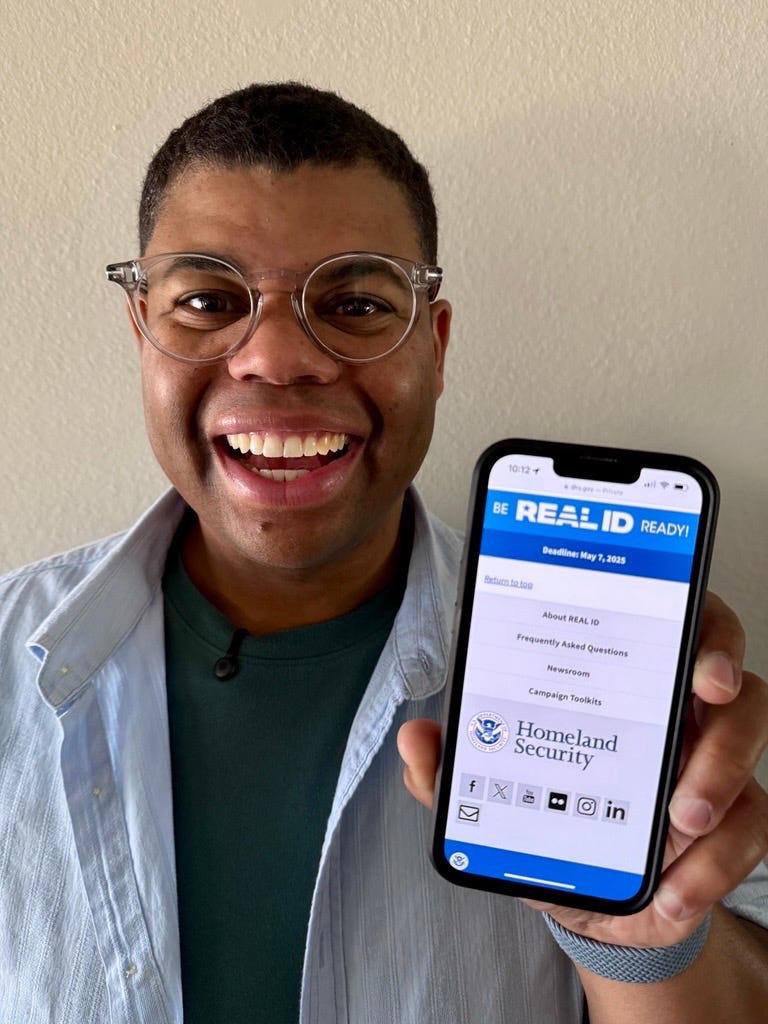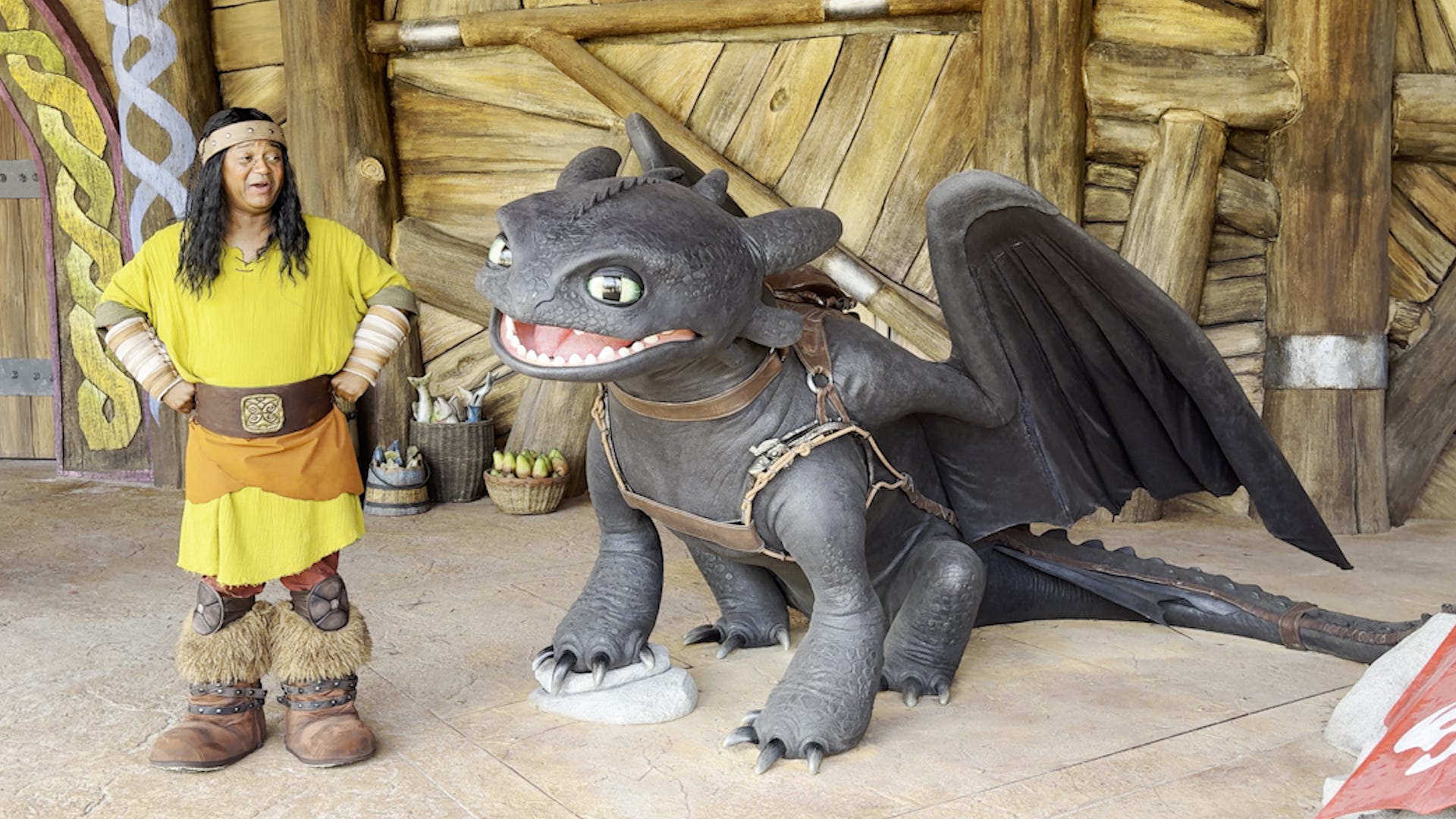Airline Liveries Can Spark Outrage. This New Design Is No Exception. | Cruising Altitude

- Airline liveries are more than just paint schemes; they represent the company's values and how it wants to be perceived globally.
- Korean Air recently unveiled a new logo and livery, prompting mixed reactions from the public.
- The airline's branding update is part of a larger effort to modernize its image as it prepares to merge with Asiana Airlines.
The average airline passenger likely isn’t very conscious of an airline’s design, although many could probably pick out Spirit Airlines’ bright yellow planes, or the animal tails of Frontier, or the globe of United, or American’s eagle. But as an avgeek (aviation geeks), I love looking at the details of this stuff.
So, when Korean Air invited me to the unveiling of their new corporate identity in Seoul, I begged my editor for the chance to go and hear more about what goes into an airline updating its livery.
Brand loyalty can be strong for any company, but for those that have sometimes rabidly dedicated followings like airlines, thanks in part to their loyalty programs, any small change can be big news. A complete corporate identity overhaul can be especially polarizing.
While reactions in South Korea to the airline’s new branding have been mixed, a few days in Seoul showed me how much care goes into these kinds of evolutions behind the scenes, even if people don’t always love them at first.
An airline livery is its color scheme, but it often takes on extra meaning for frequent travelers. A livery can become something close to a part of their personal identity.
Edmond Huot, chief creative officer of Forward Group, has worked on developing new airline liveries (though he was not involved in the Korean Air project) and told me creating an airline’s visual brand is so much more than a simple marketing exercise.
“Airlines are very much keyed into where we are at as a group, as a society, as a consumer. Airlines represent where the world is at any given time,” he said.
Travelers, and especially frequent flyers, often have strong associations with the branding of their airline of choice.
For Korean Air, its first logo change in 41 years was a huge deal and comes as South Korea’s flag carrier prepares to merge with Asiana, another major carrier in the country.
Kenenth Chang, Korean Air’s executive vice president and chief marketing officer, told me in his office in Seoul that the merger presented a great opportunity to give the entire company a refresh, and recast how it presented itself on the global stage.
“Our identity wasn't robust enough, and that's the conversation that I always had with them ever since I joined in 2017. Are we really a global carrier?” he said.
Even Chang admitted that Korean’s branding was a bit outdated and, for international passengers, possibly hard to identify. Its red and blue circular logo was sometimes confused with Pepsi’s.
The airline’s new logo is a monochromatic update on the old Taegeuk symbol, which itself is a take on the emblem on the South Korean flag.
Chang said after a development process that took about three years. He hopes the new corporate identity will help Korean Air compete more effectively in the global airline market, shoulder to shoulder with big-name Middle Eastern and other Asian airlines like Emirates and Singapore Airlines, which built their networks for connecting traffic.
“We don't want to be recognized as an airline of Korea. We want to be recognized as a global airline that happens to be headquartered in Korea,” Chang said.
Still, he acknowledged, the new branding will take some getting used to, especially for the airline’s most loyal customers. Many commenters on Korean Air’s social media profiles said the new livery is bland and uninteresting and lacks the sense of national identity that the older version had.
Backlash is common and often high-profile when these kinds of changes are made.
“They’re giant dartboards for public opinion,” Huot said.
Chang said he strongly believes Korean Air’s customers will come around and that its updated branding will give it a competitive edge.
Having seen the new paint in person, I agree that photos don’t do it justice. To my eyes, it looks much sharper on the plane in real life than in pictures.
Chang said it’s what happens inside the plane, though, that will ultimately keep customers coming back.
“Just because exteriors changed doesn't mean that we've actually changed, right?” he said. “So as long as we don't decrease our commitment to the customer with what we've been doing, I think they're going to be okay. But we will always have that batch of customers who are really a fan of the old school.”
Huot said initial backlash is normal, especially for older, more established carriers with long histories and loyal customer bases.
“That the bigger mainline carriers have to be very careful about change,” he said.
When he’s working with airline clients, the first step is to make sure everyone understands what the new livery is trying to say.
“Let’s agree with a tone and character, let’s agree on a high-level approach,” he said.
For Korean, the main goal was modernizing, which he said the airline did successfully.
Airlines also sometimes design special liveries for single aircraft, like the centennial paint scheme Delta Air Lines revealed on an Airbus A321 over the weekend to celebrate its 100th anniversary.
Ultimately, airline liveries are about promoting the company’s values and how it sees itself or wants to be seen on the world stage.
“I’m hoping for a livery that speaks to the brand, the airline, and the sensibilities of the customers themselves,” Huot said.
So next time you fly, take a second to appreciate what the airplane’s looks say about the carrier you’re traveling with.
Zach Wichter is a travel reporter and writes the Cruising Altitude column for USA TODAY. He is based in New York and you can reach him at zwichter@usatoday.com.


